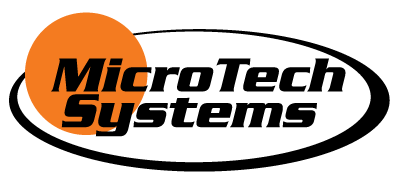
According to a 2021 report, around 50% of all corporate data is stored in the cloud. And why not? There are several benefits of using the cloud for your business, such as reduced IT costs, on-demand scaling, smooth collaboration, and much more.
However, some key challenges in cloud migration include compatibility issues during data migration, lack of clarity on how to execute cloud migration, security vulnerabilities, cost transparency, etc.
Let's now dive deeper into the technical challenges in cloud migration and understand how to combat such issues.








